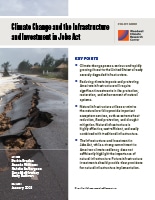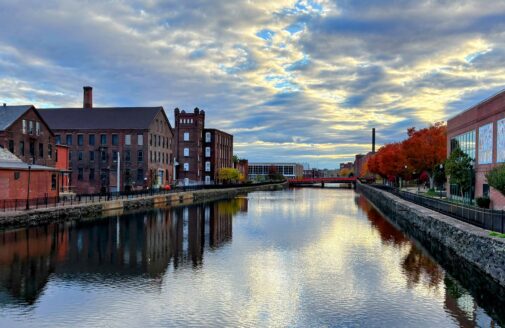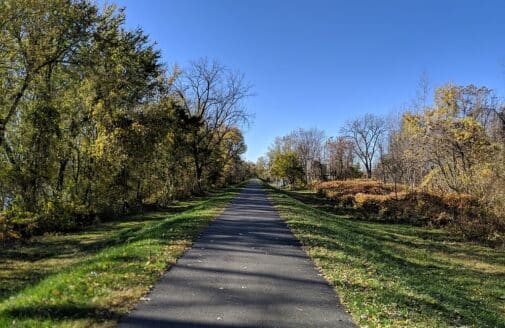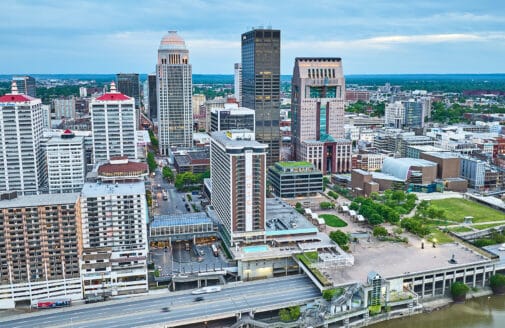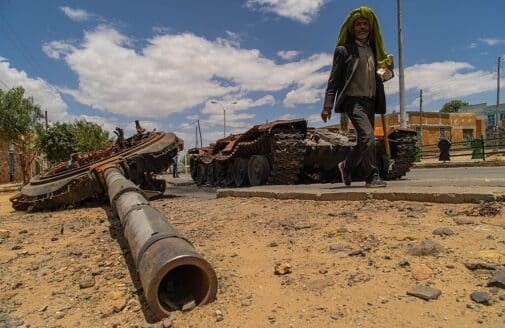Climate change and the Infrastructure and Investment in Jobs Act
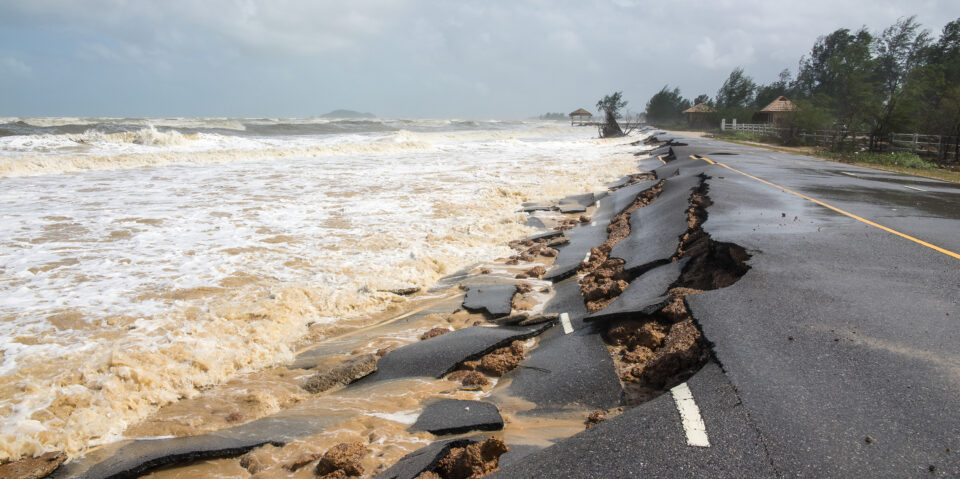
Key points
- Climate change poses a serious and rapidly growing threat to the United States’ already severely degraded infrastructure.
- Reducing climate impacts and protecting America’s infrastructure will require significant investments in the protection, restoration, and enhancement of natural systems.
- Natural infrastructure utilizes or mimics the natural world to provide important ecosystem services, such as extreme heat reduction, flood protection, and drought mitigation. Natural infrastructure is highly effective, cost-efficient, and easily combined with traditional infrastructure.
- The Infrastructure and Investment in Jobs Act, while a strong commitment to American climate resiliency, does not sufficiently highlight the importance of natural infrastructure. Future infrastructure investments should provide clear provisions for natural infrastructure implementation.
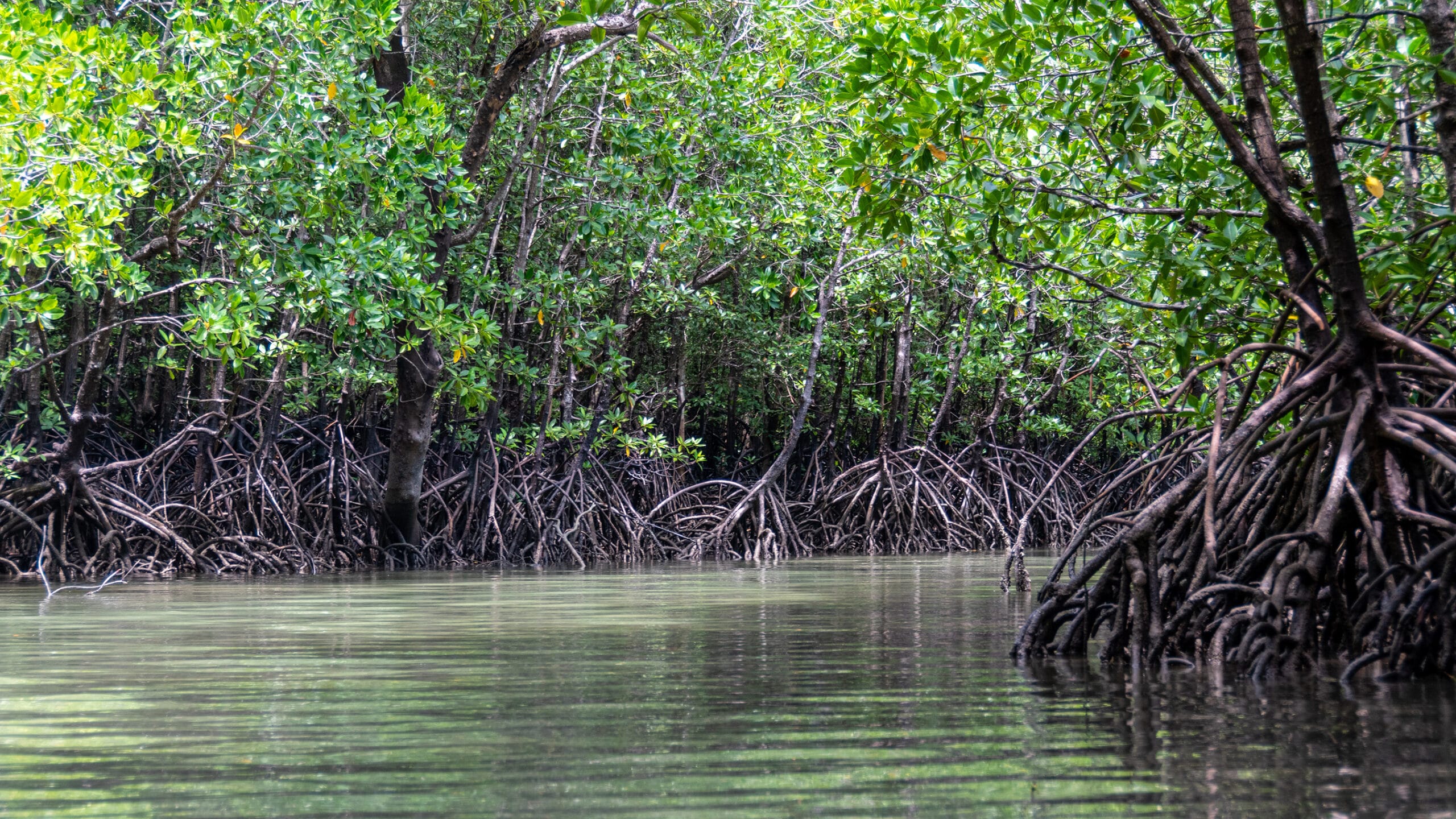
A mangrove-lined waterway.
Background on Natural Infrastructure
The U.S. government has made no significant national investments in American infrastructure since the early 20th century, and the country is now facing the consequences. Despite being the world’s wealthiest nation, the United States ranks only 13th on quality of infrastructure, according to the World Economic Forum’s “Global Competitiveness Report 2019.”1 The majority of power lines are sorely outdated, nearly 1 in 10 bridges are considered structurally deficient, and 20 percent of roads across the nation are crumbling.2 At the same time, the climate is warming at an alarming rate, adding stressors to already aging infrastructure. Worsening floods are breaking through levees, and extreme heat is causing concrete roadways to buckle to name a few impacts. In 2020 alone, climate-related disasters cost the United States nearly $100 billion dollars in damages,3 and the impacts will only worsen in the coming years.
Natural infrastructure can complement the country’s critical need for infrastructure repair while also supporting a national plan for climate adaptation and mitigation. Natural infrastructure utilizes or mimics the natural world to provide important ecosystem services, such as extreme heat reduction, flood protection, and drought mitigation. Such infrastructure can either be fully natural, such as mangroves that mitigate storm surge, or “nature-based,” such as green roofs that improve urban air quality. Natural infrastructure serves as an attractive addition or alternative to built infrastructure because it often provides higher quality and more resilient solutions with a cheaper price tag. For example, mangrove forests can reduce wave height and wave strength, providing coastal communities with significant protection from storms.4
Furthermore, natural infrastructure provides a variety of co-benefits in contrast to typically ecosystem-degrading systems. Natural infrastructure can provide habitat for biodiversity, reduce erosion, improve water quality, and support the recreation and tourism sectors. Unfortunately, large-scale natural infrastructure is not always feasible in heavily developed areas. In densely populated beachfront neighborhoods, hybrid approaches to minimizing climate risk, such as floodwalls and living shorelines may be preferable to attempting to reinstate full-scale ecosystems.

Rooftops plantings in Brooklyn, New York. / photo by Alex Potemkin
The Infrastructure and Investment in Jobs Act
On November 15, 2021, President Biden signed the Infrastructure and Investment in Jobs Act (IIJA) into law. Commonly referred to as the Bipartisan Infrastructure Bill, the $1.2 trillion IIJA was a response to many of the challenges of outdated infrastructure in the United States. The plan is expansive, providing financial resources to upgrade public transit systems, improve broadband infrastructure, support increased usage of electric vehicles, improve water and power systems, and facilitate environmental remediation. The bill is considered one of the single largest investments in climate resilience in American history, allocating $47 billion to improve climate resilience across multiple sectors.5 Among the provisions is $6.8 billion for FEMA to invest in mitigation efforts and support communities in the wake of more frequent and severe climatic events.6
IIJA begins to address the importance of natural infrastructure, with more than $1.5 billion allocated for forest restoration and $2.57 billion for post-fire recovery of forests.7 IIJA also allocates $1 billion to the restoration of the Great Lakes.8 However, these funds target certain areas, and there is no broad allocation of strategic funding for nation-wide natural infrastructure investments.

Volunteers assist in planting tree seedlings in restoration of an area affected by fires. / photo by Dmitry Mordolff
Conclusion and Recommendations
The 2021 infrastructure bill is a clear commitment to protect America’s families and public works from the impacts of climate change. But, it will not be fully effective without more targeted investments to match the magnitude of the climate challenge. The current inclusion of forest and watershed protection are a positive start, but they are not sufficient for this moment in the climate crisis. A stronger focus on natural infrastructure implementation is needed.
Modern infrastructure is no longer limited to steel and power lines but takes a much broader view of physical services. Science clearly shows that natural infrastructure works well both alone or in tandem with built infrastructure, while also being cost efficient and often of higher quality. Future infrastructure investments must more fully incorporate natural infrastructure and highlight the importance of protecting ecosystems that provide valuable risk-reduction services.




